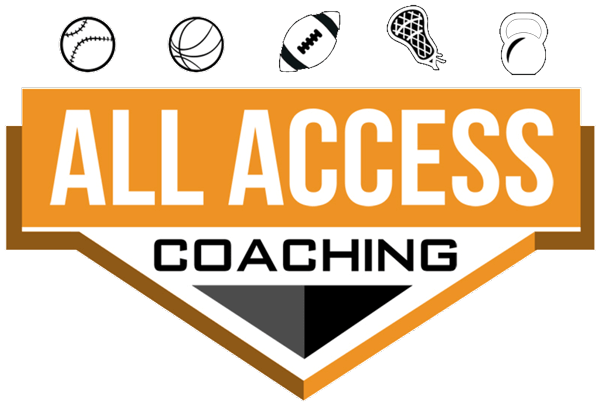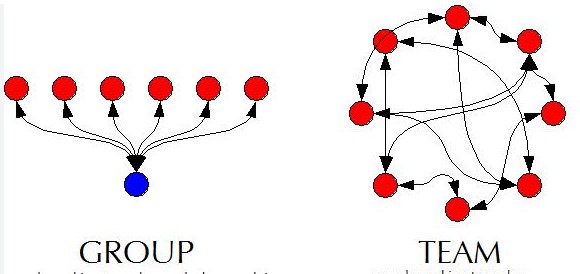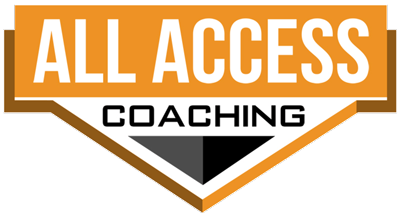Why Athletes Should Not Bench Press
Hot Off the Press
The chest is one of the favorite muscles of the upper body for athletes to train. Who doesn’t want a bigger chest? But chest muscles have a more important role than simply good looks.
It’s a little known fact, but the Bench Press is overrated—especially for athletes. Do yourself a favor and give it a rest. Invest your time in exercises that will put your athletes a step ahead on the playing field and help them avoid injuries at the same time. It’s a bold statement…I agree. But, let’s look at the facts.
The pectorals major—the primary chest muscle—acts on your upper arm. It is activated any time you extend, flex or bring your arm across your chest.
“Whenever you swing a bat or throw a ball, your chest adds strength or power to the movement.”
As an athlete, you shouldn’t train like other guys in the gym. Oftentimes, exercises may make you look good but are a waste of time when it comes to improving your game on the field. There is a reason that every college strength coach in America has eliminated Bench Press and Bicep Curls from their programs.
That’s right. Come to grips with it. Curling your arms up and down doesn’t do much for you as an athlete.
What may come as even more of a surprise, the Bench Press falls into this same category. It’s universally accepted as a measure of upper-body strength, but I argue that you should avoid this popular exercise.
The problem is that many folks get stuck in tired old routines, doing the Bench Press for the same amount of sets and reps and seeing no results. For any chest routine to be effective, follow these three golden rules:
- Do Push Ups with LOTS of variations. The S.S.X. program has 12 pushups variations on video and incorporates pushups twice a week into its workouts.
- Incline & Shoulder Pressing. This motion of pressing out & up has more correlation to athletic movements of Football linemen pushing an opponent out of a stance; a basketball player going up strong; or a wrestler pushing an opponent off him. Shoulder injuries are so common in sports, so I believe emphasis should be placed here when pressing. Shoulder Presses in a standing position also works the back and ab muscles.
- Focus on your back, which stabilizes your shoulders during pressing exercises. You will be able to lift more weight and offer a greater challenge to your chest muscles. Do at least one back exercise for every chest exercise.
Fact: The Bench Press is a Horizontal Push
During the Bench Press, you lie flat on a stable surface and press weight up and away from your chest. How much does this translate to a basketball player who has to fight for position under the rim, or to a football player who has to dish out a block?
Okay, it does a little—but not much.
In-game movements require dynamic stability and balance, since there is no base of support. Also, the plane of motion of most pressing movements in sports tends to be horizontal, not vertical, further reducing the crossover to athletics.
If you work too much on your Bench Press, your muscles will adapt to the exercise and eventually settle into a progress-sapping plateau. Also, Bench Press only hits your chest from one angle. In sports, you rarely press only straight ahead, so it’s critical to incorporate exercises that engages different areas of the pecs and shoulders.
Fact: The Bench Press Calls for a Wide Grip
The Bench Press is often incorrectly performed with a wide grip. If we go back to the examples of a football player blocking and a basketball player fighting for position, they use a narrow grip. Once again, the Bench Press falls short of matching up with athletic needs.
To make matters worse, the standard grip can leave your shoulders in a compromised position at the bottom of the movement—especially for tall or long-armed athletes.
Fact: The Bench Press Immobilizes the Scapulae
It’s time to get technical. Your shoulder blades should be pulled back and locked on the bench to increase stability when holding heavy weight. This technique will help you lift more, but that doesn’t matter when you need both scapula stability and mobility.
A pitcher or quarterback does not throw a ball with a fixed shoulder. The scapula moves with the arm, as it should when you train. It’s important to perform exercises that allow your shoulder blades to move freely to enhance mobility and strengthen the back muscles that act on the scapulae.
With these tips in mind, add the exercises to a complete upper-body strength workout that engages your back, arms and core.
“The S.S.X. program incorporates the standard Bench Press exercise every Friday.
The Bench Press has some validity and should not be completely eliminated…just not over emphasized”
Superior Alternatives
Fear not. Other exercises can build chest strength and transfer to the playing field. Here are a few examples.
Standing Presses
Military Press with Dumbbells in a standing position (Push Press). Have athletes push the DB slightly away from the face. Split Jerk Press with Barbell. Squat Press is performing a military press while sitting in a squat position.
DB Incline Bench
If you feel you must bench in some capacity, do a high incline bench with dumbbells. It will simulate the path of a pass or block when standing upright, and adequately train the upper chest, triceps and shoulders. Plus, the dumbbells reduce the stress placed on the elbows and shoulders, while allowing for some shoulder blade movement
Variety of Push-Ups
The S.S.X. program does pushups twice per week and every set is a pushup variation. On weeks where 4 sets are used, an athlete using the S.S.X. program will do 8 different pushups.
- A good starting point is to vary the position of the hands: Standard, Diamond, Wide, Alternate, and Military
- Uneven Planes of Movement are then incorporated by placing one hand on bumper plates or kettle bells
- The angle can be changed with Decline Pushups and Hand Stands
- Explosion can then be incorporated by adding clapping, entire body leaving the ground, In & Outs, or Around the Clock
Dips
There are dip machines and dip attachments which are really good at simulating the dynamic shoulder movements of an athletic movement. An alternative will be to place hands on a bleacher, box, or bench. Place weights in the athletes lap for more of a challenge.
The Bench Press is probably the most over-emphasized exercise in athletes’ workouts. Although it’s important to an extent, too many young athletes fall into the “how much can you bench?” mindset, forgetting what it means to train as an athlete.
Sure, it’s advantageous to perform the Bench Press, but don’t forget to perform other chest exercises that will help you get an overall stronger upper body. Remember to perform at least one back exercise for every chest exercise.














